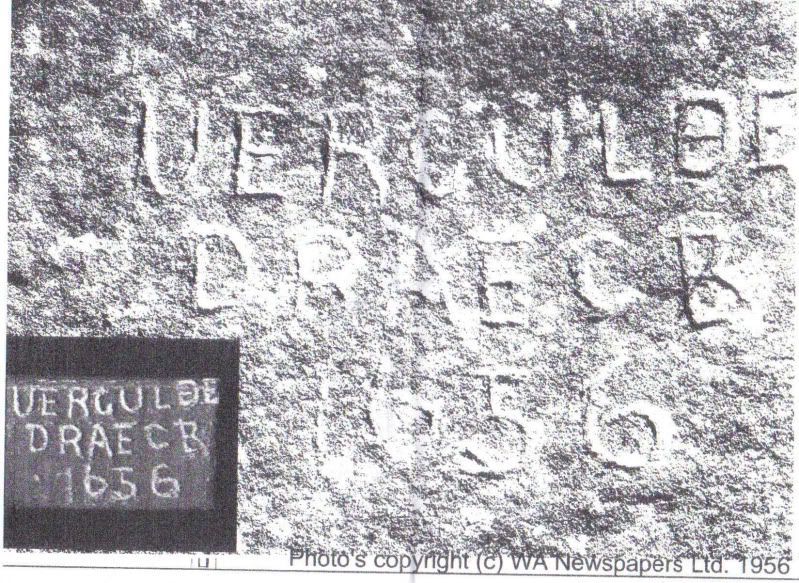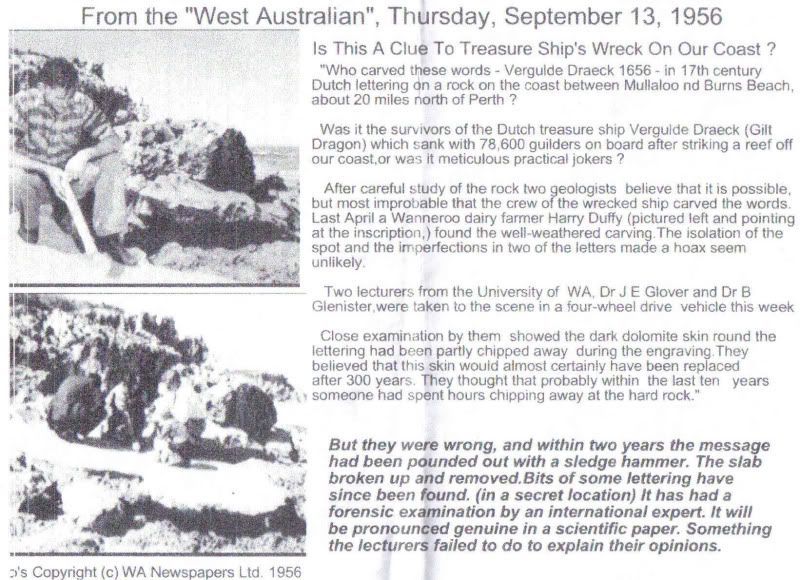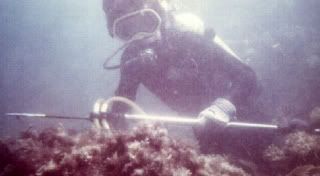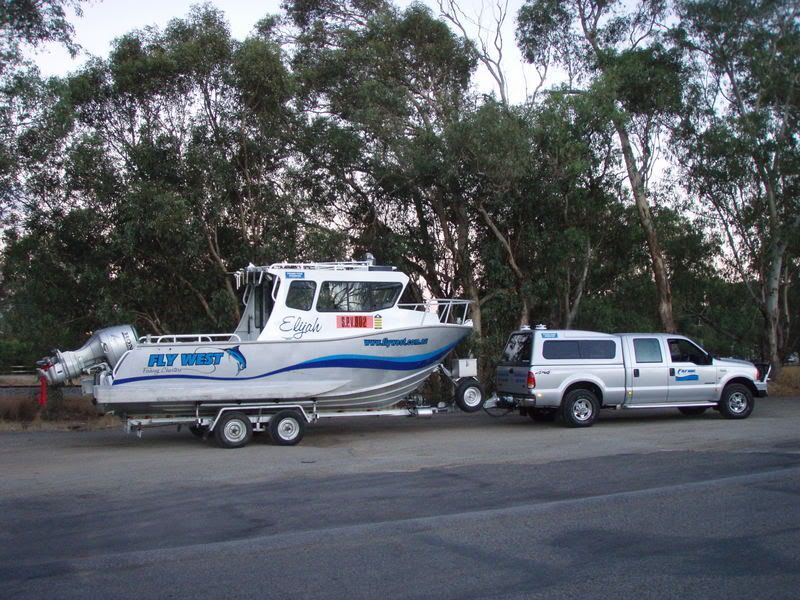Lucky Eddie
Sr. Member
- Feb 9, 2010
- 358
- 187
Hoping some one more experienced than me, might have some idea what type, age, provenance, vessel I might have found here?
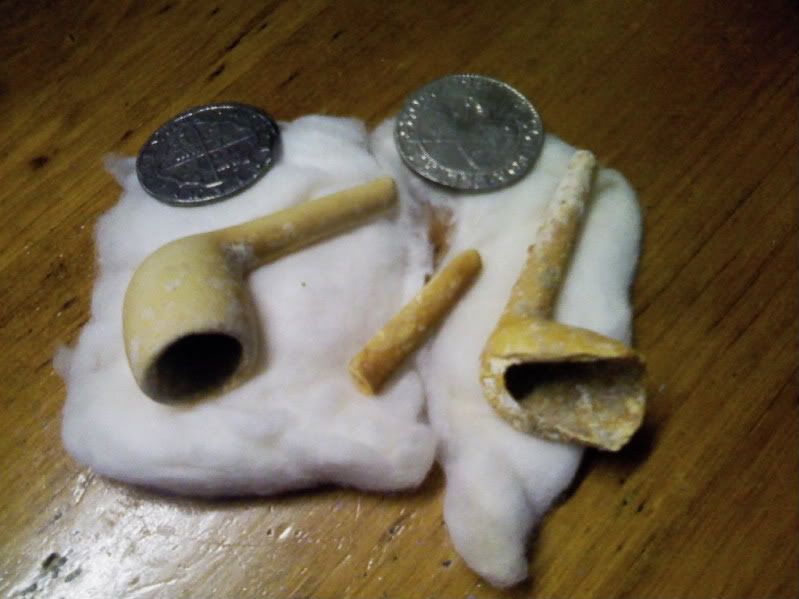
Found off the Coast of Western Australia.
Many thanks in advance!

Found off the Coast of Western Australia.
Many thanks in advance!




